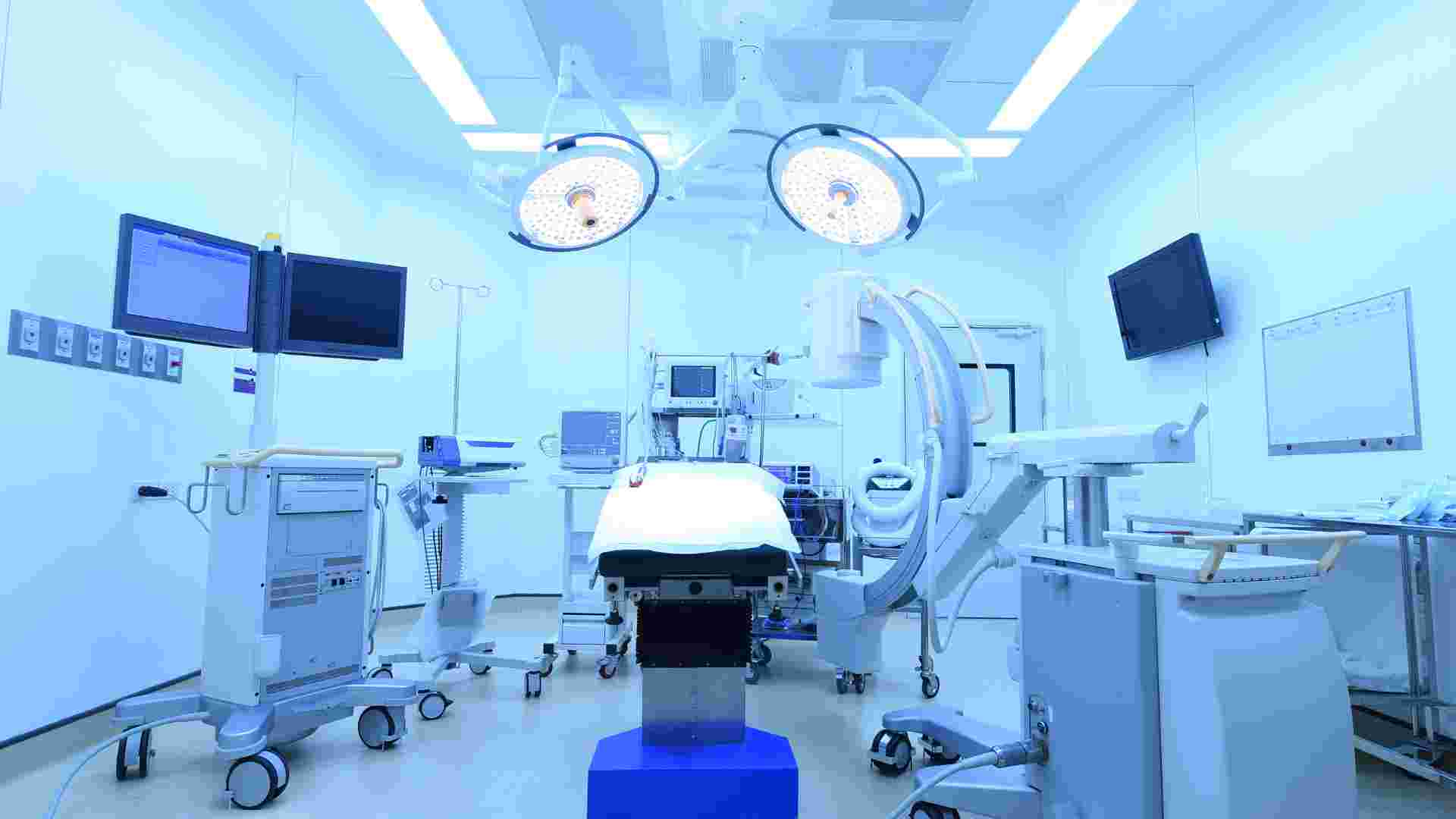![]()
The CDSCO Enrollment Procedure for Importing Pre-owned Medical Devices in India
The Central Drugs Standard Control Organisation, or CDSCO in India, regulates the import of medical devices, including used ones. However, regulatory processes may have evolved since then, and it’s crucial to consult the latest guidelines and regulations. Below is a general outline of the CDSCO registration process for importing used medical devices in India.
1. Introduction to CDSCO: Importing Medical Devices
Central Drugs Standard Control Organisation (CDSCO):
- Regulatory body under the Ministry of Health and Family Welfare.
- Accountable for regulating the import, manufacture, distribution, and sale of medical devices in India.
2. Regulatory Framework:
Medical Device Rules, 2017:
- Enacted to regulate medical devices and ensure their quality, safety, and efficacy.
- Used medical devices fall under the purview of these rules.
3. Significance of the CDSCO registration process for importing used medical devices into India
- The CDSCO registration process is paramount for importing used medical devices into India. As the regulatory gatekeeper, the Central Drugs Standard Control Organisation ensures that these devices adhere to stringent quality, safety, and efficacy standards. The procedure thoroughly examines technical documentation, risk assessments, clinical data, and international quality management systems adherence. A successful CDSCO registration not only attests to a device’s compliance with Indian regulations but also instils confidence in healthcare practitioners and patients regarding its reliability and safety.
- This regulatory imprimatur is essential for market entry, assuring stakeholders that the used medical device meets the necessary standards for optimal patient care. Importers must navigate this process diligently, understanding the evolving regulatory landscape and staying abreast of changes to ensure seamless entry into the Indian market.
4. CDSCO Registration Process:
Classification of Medical Devices:
- Classify the used medical device based on its risk to patients and users.
- Classes include Class A (low risk) to Class D (high risk).
Authorised Indian Representative:
- Appoint an authorised Indian representative if the manufacturer is not based in India.
- The representative facilitates communication with CDSCO.
Submission of Application:
- Prepare and submit a detailed application to CDSCO for registration.
- Include information on the device’s specifications, safety, and performance.
Technical Documentation:
- Provide technical documentation demonstrating compliance with Medical Device Rules.
- Include details on the device’s design, manufacturing, and testing processes.
Risk Assessment:
- Conduct a risk assessment for the medical device you are using.
- Identify and reduce potential risks related to the device.
Clinical Data:
- Submit clinical data, if applicable, to support the safety and efficacy of the used medical device.
- Include results from relevant clinical trials or studies.
Quality Management System (QMS):
- Implement a QMS conforming to international standards.
- Provide evidence of adherence to quality standards in the manufacturing process.
Labeling and Packaging:
- Ensure that labelling and packaging comply with CDSCO regulations.
- Include necessary information for traceability and user guidance.
Inspection:
- Prepare for inspections by CDSCO officials.
- Cooperate with inspectors and address any concerns raised during the inspection.
Registration Fee:
- Pay the required registration fee to CDSCO.
- The fee may vary based on the classification and complexity of the medical device.
Review and Approval:
- CDSCO reviews the application, documentation, and inspection findings.
- Approval is granted if the used medical device complies with regulatory requirements.
Post-Market Surveillance:
- Implement a post-market surveillance system.
- Report adverse events and undertake corrective actions as necessary.
Import License:
- Once approved, obtain an import license from CDSCO before importing used medical devices.
- The license specifies the quantity and conditions of import.
Renewal:
- Periodically renew the registration as per CDSCO requirements.
- Submit updated information on the device and its safety and efficacy.
5. Challenges and Considerations:
Regulatory Changes:
- Stay up-to-date on any changes to the regulatory framework.
- Adapt processes to comply with evolving regulations.
Timelines:
- Be aware of the timeframes involved in the CDSCO registration process.
- Plan accordingly to avoid delays in importing medical devices.
Local Representation:
- Maintain a reliable relationship with the authorised Indian representative.
- Ensure effective communication for regulatory compliance.
Conclusion: CDSCO: Importing Medical Devices
Adherence to CDSCO regulations is essential for importing used medical devices in India. One must keep in mind maintaining a commitment to quality, safety, and efficacy throughout the regulatory process.





